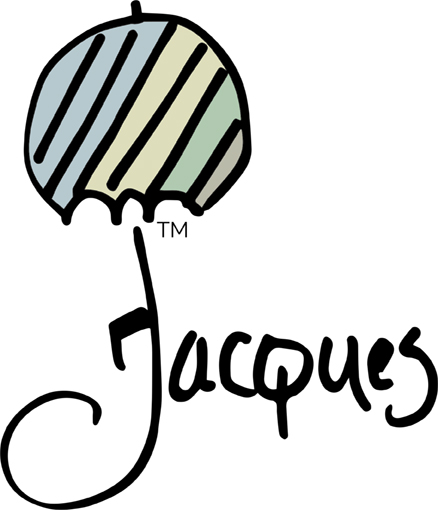“Food is symbolic of love when words are inadequate.”
Alan D. Wolfelt
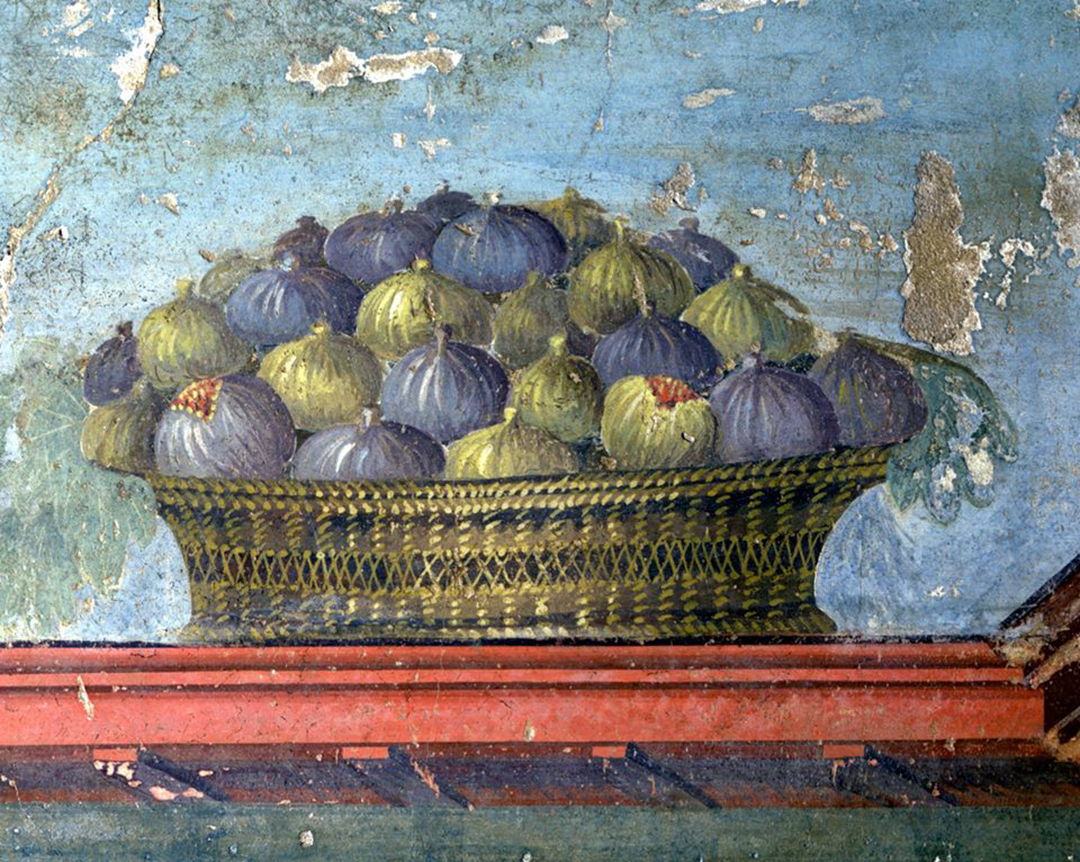 Different Level: “A Bitesize History of Food in Art” [*]
Different Level: “A Bitesize History of Food in Art” [*]
“From the lavishing Roman feasts to Instagram photos of today, depictions of food have always captivated the human imagination. The fascination led to the creation of food art, a special genre of art that features food, drinks, and other edibles as the main theme or the medium for the artwork. Food art can come in a variety of forms; it can be a sculpture, a painting, a photograph, or a digital art piece. The history of food art can be traced back to the Roman period. Food (especially wheat and grapes), was frequently featured on Roman frescoes, particularly those that depicted Bacchus, god of wine, and the images dedicated to Ceres, goddess of grain. Even artists specialized in non-religious, secular paintings, frequently depicted food, (usually scattered on the floor after banquets), simultaneously emphasizing wealth and their own painting skills. It is fair to say that Roman painters paved the way for food artists in Western art history”
*Quotation above is taken directly from the website cited and is the property of that source. It is meant to inform the reader and to give credit where it is due.
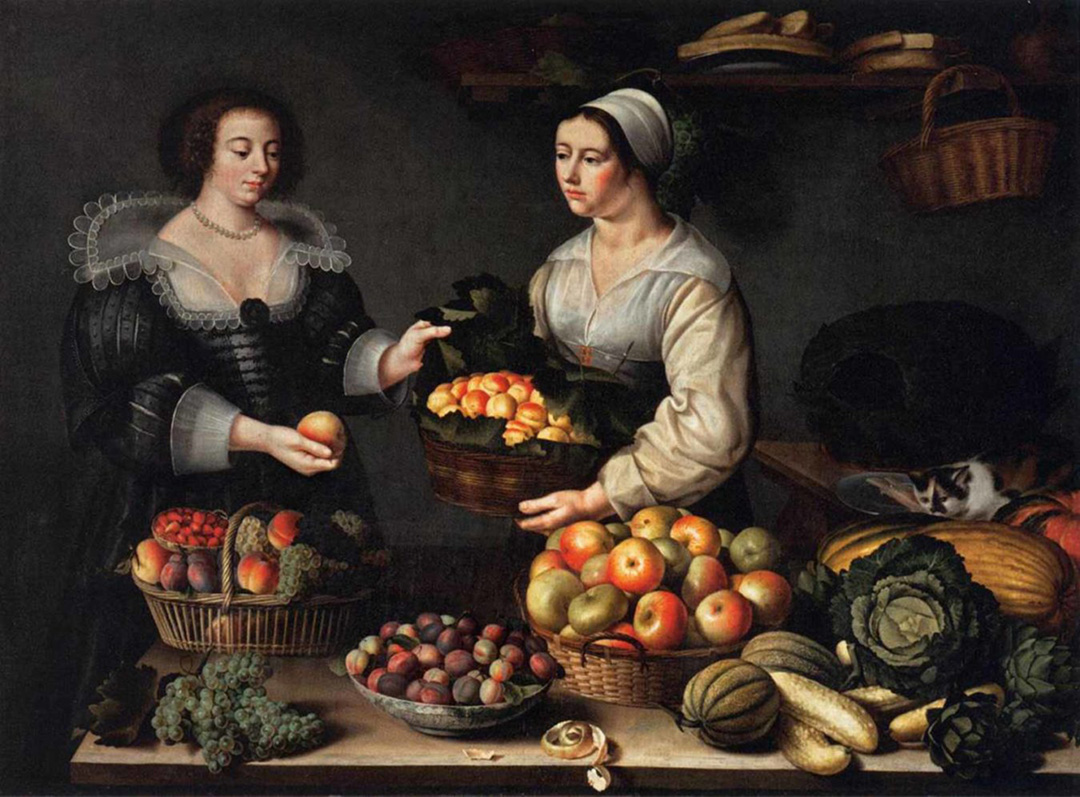 Wide Walls: “The Fascination with Food in Art History” [*]
Wide Walls: “The Fascination with Food in Art History” [*]
“As a cornerstone of our very existence, food has always played a significant part in our social and cultural lifestyles. Thus, it is no wonder that the depiction of food in art spans across cultures and all of recorded human history. Appearing in myriad contexts, this practice stretches back to ancient Greece and Rome where banquets and bacchanals were consuming passions celebrated in literature, painting, and mosaics. Drawings of food could also be found inside Egyptian pyramids. Created on inner walls of burial chambers and on coffins to depict all of the good things waiting for the deceased, it was believed that those drawings, through magical properties, would nourish those gone on to the afterlife. A recurring theme through the Middle Ages and Renaissance to modern times, food has been depicted as a celebration of a theme, composition itself or a metaphor. Whether serving symbolic purposes, being an allegory for certain virtues or values or emphasizing eroticism, exoticism or wealth, these food paintings were often used to reveal something else. Since food is interwoven with most aspects of our lives, this comestible art history also connects with larger themes such as politics, gender, religion, or class.”
*Quotation above is taken directly from the website cited and is the property of that source. It is meant to inform the reader and to give credit where it is due.
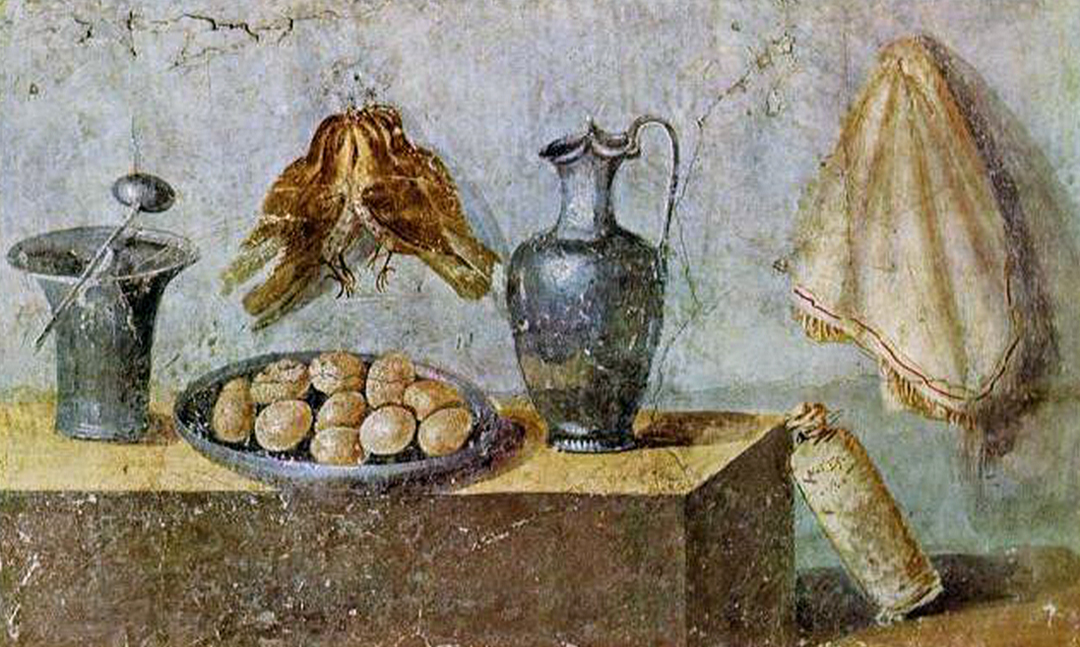 Smithsonian: “A Brief History of Food as Art” [*]
Smithsonian: “A Brief History of Food as Art” [*]
“Filippo Tommaso Marinetti was the first artist in the modern era to think of the preparation and consumption of food as art. The avant-garde Futurist movement, formed by Marinetti and other artists in Milan in 1909, embraced the industrial age and all things mechanical—from automobiles and planes to manufacturing methods and city planning. They thought cooking and dining, so central to everyone’s day-to-day lives, should also be central to their farsighted, far-out ideals.
In 1932, Marinetti published The Futurist Cookbook. It was not merely a set of recipes; it was a kind of manifesto. He cast food preparation and consumption as part of a new worldview, in which entertaining became avant-garde performance. The book prescribed the necessary elements for a perfect meal. Such dining had to feature originality, harmony, sculptural form, scent, music between courses, a combination of dishes, and variously flavored small canapés. The cook was to employ high-tech equipment to prepare the meal. Politics could not be discussed, and food had to be prepared in such a way that eating it did not require silverware.”*Quotation above is taken directly from the website cited and is the property of that source. It is meant to inform the reader and to give credit where it is due.
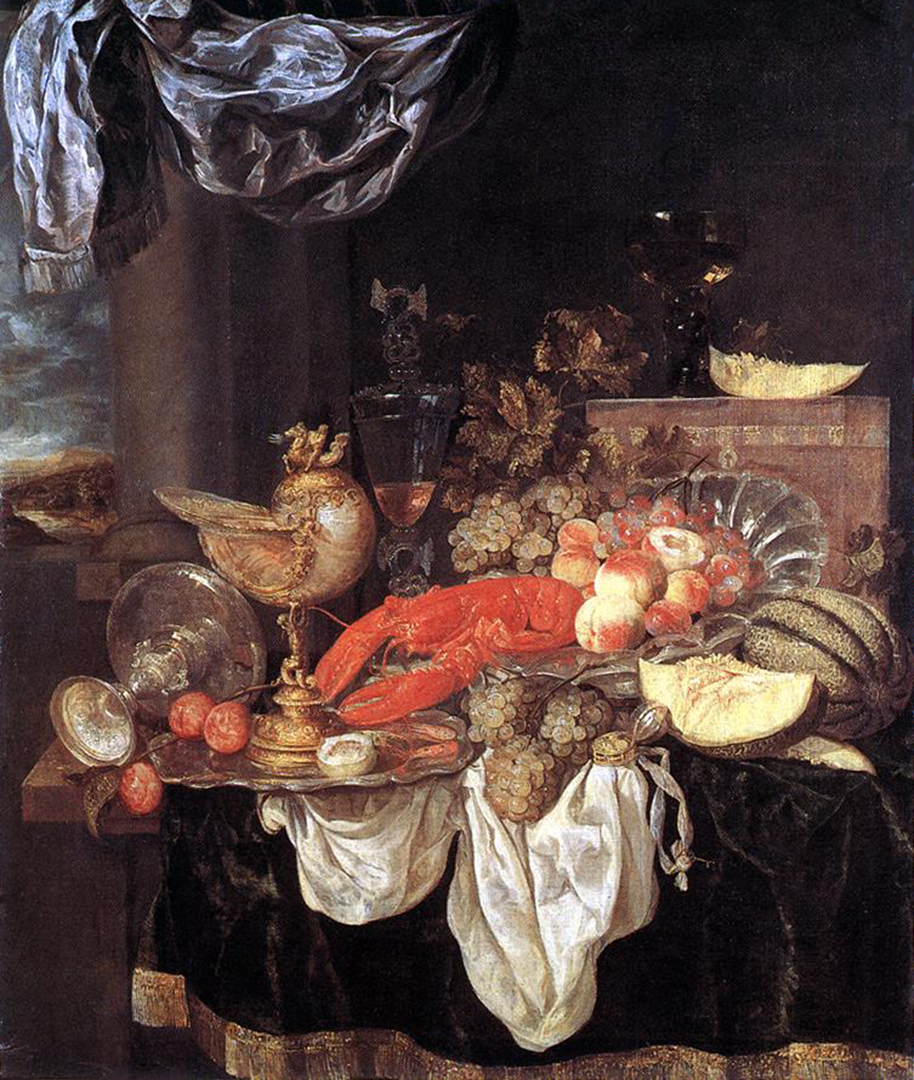 Google Arts & Culture: “A Bitesize History of Food in Art” [*]
Google Arts & Culture: “A Bitesize History of Food in Art” [*]
“Food is essential to our survival. It is also one of the great pleasures in life. It’s no surprise then that fruit, vegetables, meat, and drink have been common motifs in painting and sculpture from the Roman-era until today. But there’s more to paintings of food than meets the eye. Come with us through art history to find out the meaning behind these meals…”
*Quotation above is taken directly from the website cited and is the property of that source. It is meant to inform the reader and to give credit where it is due.
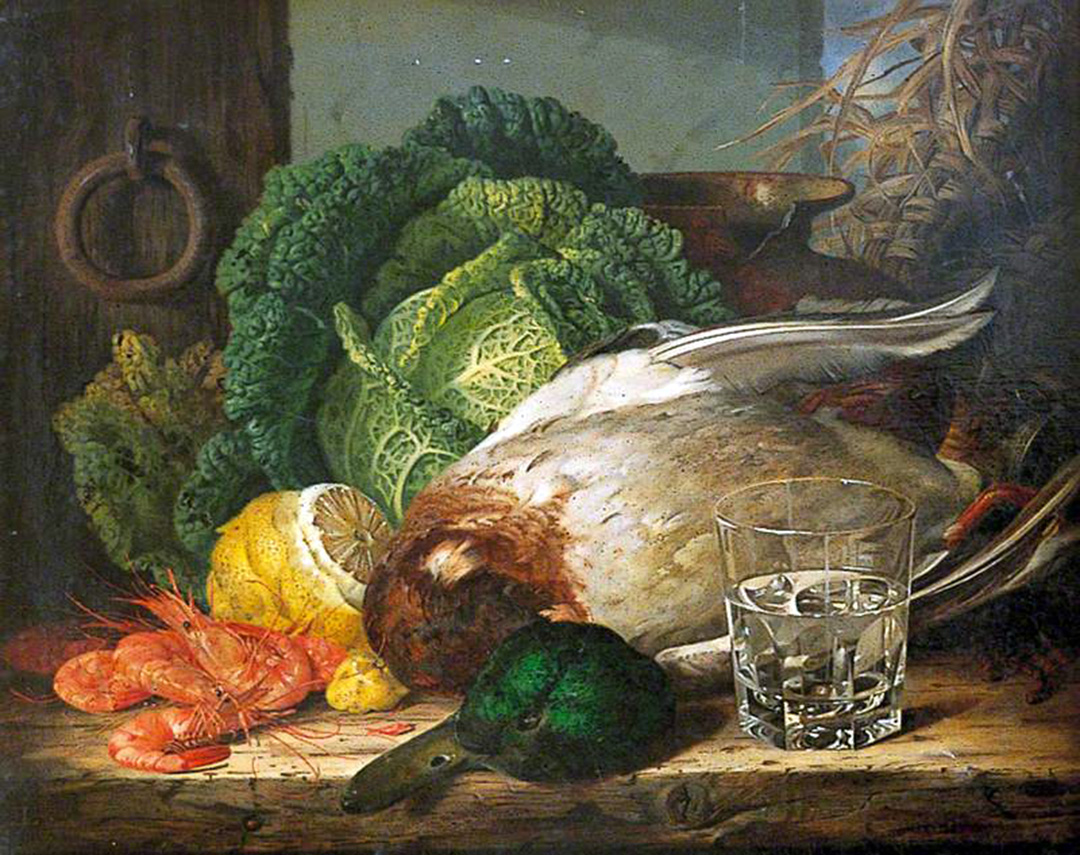 District One Studios: “The Identity & Function of Food in Art History” [*]
District One Studios: “The Identity & Function of Food in Art History” [*]
“When you’re scrolling through social media, there’s a very good chance you will see an enticing photo of someone’s meal. Whether it’s an acai bowl, epic burrito, or that dreamy loaf of bread fresh from the oven, people love to take to Instagram to share what they’re about to dig into. In fact, one study found that 27% of Instagram users post some sort of food content and that “food lovers” are especially avid users of the app, taking in 4 times the content of their non-foodie counterparts.
Though this fascination with the aesthetics of food may seem like a new phenomenon, it’s anything but. From the dawn of time… okay, we aren’t going to go all the way back to cave paintings, but yes, people have been sharing depictions of food in art for centuries. All the way back in the 1650s, advertisements for coffee, chocolate, and tea frequently populated English periodicals.
Food can be used as a stand-in for an artist’s fixation on the excesses of their contemporaries or it can be a signifier for a broader political or cultural phenomenon that extends beyond the frame.
Here are a few of our favorite artworks that depict all aspects of food — how it can make us feel guilty and lavish at the same time; how it can make even the supermarket feel a little erotic; how it can help us transcend.”*Quotation above is taken directly from the website cited and is the property of that source. It is meant to inform the reader and to give credit where it is due.
